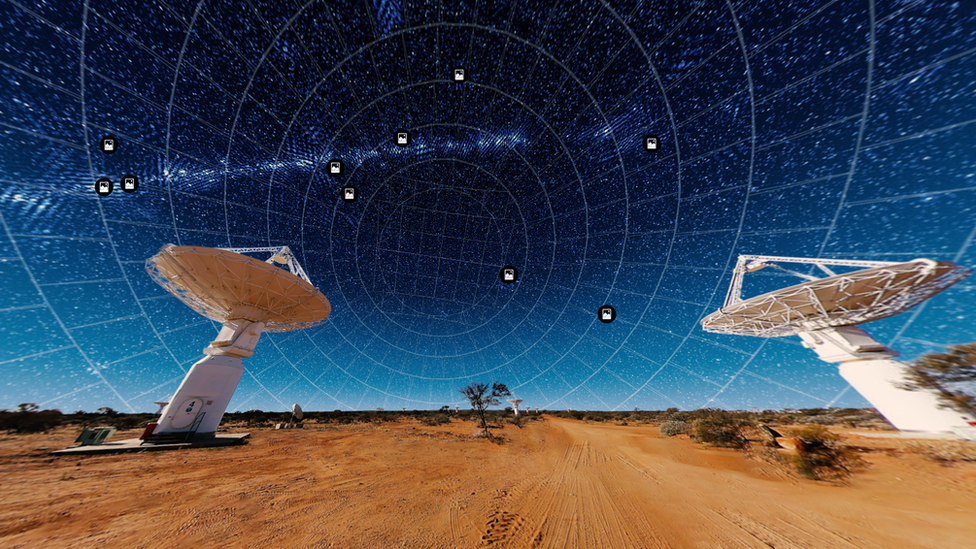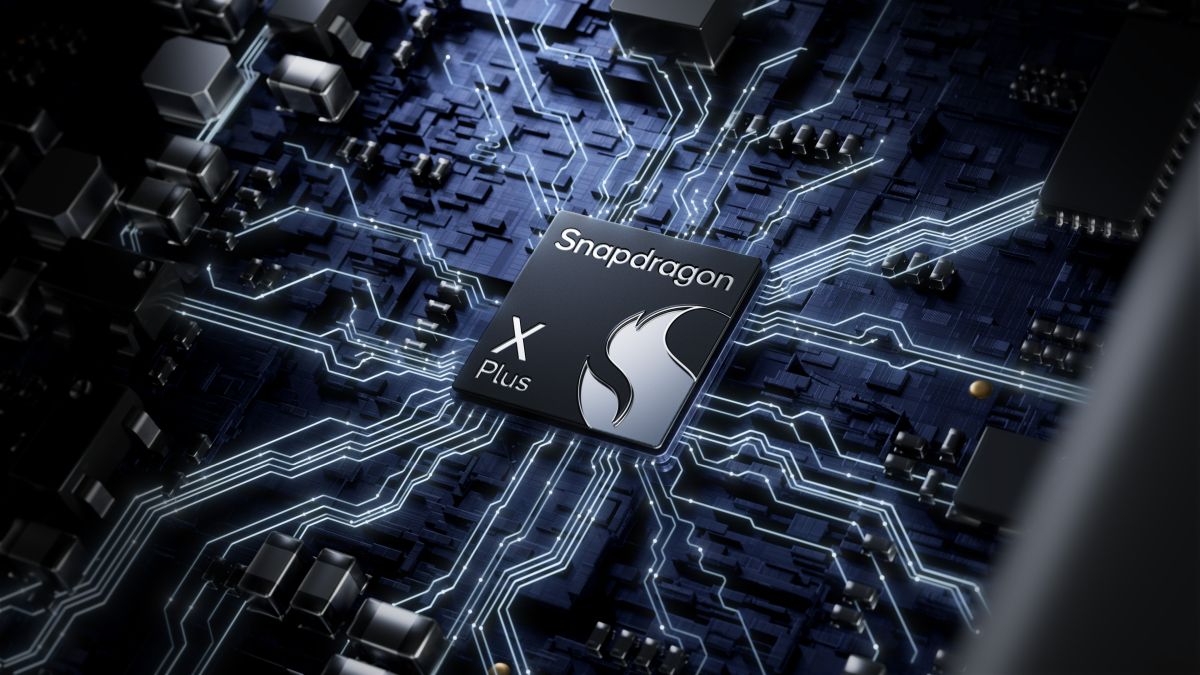The remains of huge stars that have later imploded into black holes and neutron stars have been mapped by researchers. According to the findings, close to one-third of the items in this “galactic graveyard” have been hurled out of the galaxy and it extends three times as high as the Milky Way.
According to a press release from David Sweeney, a PhD student at the Sydney Institute for Astronomy of the University of Sydney and the paper’s lead author published in Monthly Notices of the Royal Astronomical Society, “These compact remnants of dead stars show a fundamentally different distribution and structure to the visible galaxy.” “The Milky Way itself has a “height” of the galactic underworld that is over three times greater. Additionally, a startling 30% of items have been totally ejected from the galaxy, continued Sweeney.
When stars that are more than eight times bigger than our Sun run out of fuel and abruptly collapse, black holes and neutron stars are created. When this occurs, a chain reaction occurs that causes the star’s outer layers to explode as a supernova. Depending on its initial mass, the core continues to contract until it either collapses into a neutron star or a black hole.
Because the cores of neutron stars are so dense, neutrons are created when protons and electrons mix at the subatomic level. This reduces the overall mass of the object to a sphere “smaller than a city.” The star will continue to collapse if its initial mass is greater than 25 times that of the Sun until its core becomes so dense that even light cannot escape, forming a black hole. Due to their density, both types of stellar remnants distort the surrounding space, time, and matter.
To develop the first thorough map of the “galactic underworld” where these ancient star corpses are located, the researchers painstakingly recreated their whole lifecycle.
“Up until now, we had no notion where to look, which is one of the challenges in locating these antique artefacts. The oldest black holes and neutron stars were made when the galaxy was younger and had a different shape, and they underwent extensive modifications over billions of years. It has been a major task to model all of this to find them,” said Sydney Institute for Astronomy’s Professor Peter Tuthill in a press statement. Tuthill is a co-author of the paper.
The study’s authors claim that newly produced neutron stars and black holes continue to conform to our galaxy, giving astronomers a hint as to where to seek. The oldest black holes and neutron stars, however, are comparable to “ghosts still haunting a house demolished long ago.”
“Accounting for the ‘kicks’ they receive at the violent moments of their genesis was the hardest challenge I had to solve in tracking down their true distribution. As a result of the asymmetric nature of supernova explosions and the great velocity—up to millions of kilometres per hour—at which the remnants are ejected, every object is propelled in a different, random direction, Sweeney said.
The researchers had to delve far back into cosmic time and reconstruct how these dead stars behaved over billions of years in order to pinpoint their location. The researchers used the analogy that it was like a snooker table where you would be able to determine where a ball went based on how hard and how you hit it.
Researchers from the University of Sydney and Monash University worked together to create complex models that stored the locations of the stars’ births, deaths, and final dispersal as our galaxy expanded.
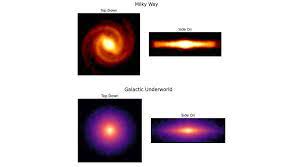

 Technology4 weeks ago
Technology4 weeks ago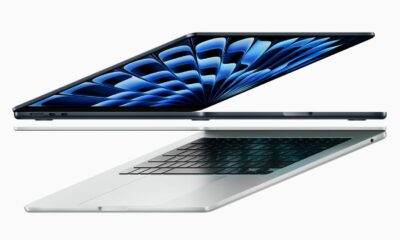
 Technology3 weeks ago
Technology3 weeks ago
 Technology3 weeks ago
Technology3 weeks ago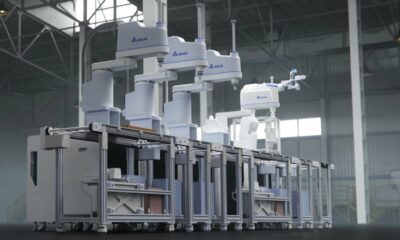
 Business4 weeks ago
Business4 weeks ago
 Technology4 weeks ago
Technology4 weeks ago
 Technology4 weeks ago
Technology4 weeks ago
 Technology3 weeks ago
Technology3 weeks ago
 Technology3 weeks ago
Technology3 weeks ago







